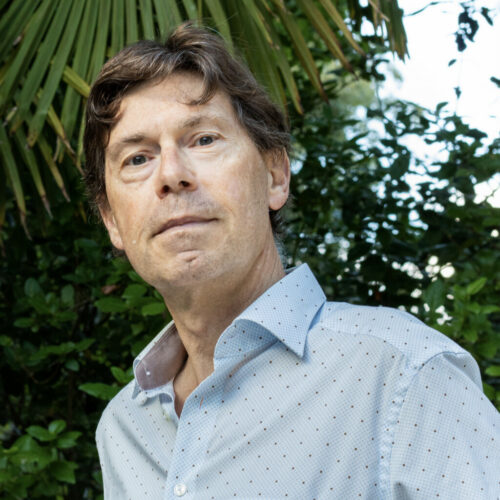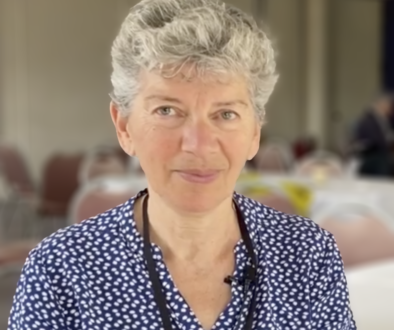Jean-Paul Bourdineaud
PROFESSEUR D'UNIVERSITÉ TOXICOLOGIE, BIOCHIMIE, MICROBIOLOGIE
Professeur d’Université
Enseigne la biochimie, la toxicologie environnementale et la microbiologie
Activité de recherche : toxicologie environnementale
Éditeur associé du « Journal of Toxicological Sciences » et du « International Journal of Molecular Sciences », section « Molecular Role of Xenobiotics »
TITRES UNIVERSITAIRES
-
- DEA de chimie (l’équivalent du mastère d’aujourd’hui), 1986. Université de Clermont-Ferrand
- Ingénieur chimiste de l’École Nationale Supérieure de Chimie de Clermont-Ferrand, 1986
- Docteur en biologie cellulaire et microbiologie, 1989. Université d’Aix-Marseille
- Thèse d’habilitation à diriger les recherches, 2000. Université de Bordeaux
Expérience Professionnelle
-
- Boursier docteur-ingénieur au CNRS (1986-1989), centre de biochimie et de biologie moléculaire, Marseille
- Contrat de chercheur post-doctoral à l’École Polytechnique Fédérale de Zürich en 1990
- Ingénieur de recherche en microbiologie et biotechnologie chez Givaudan-Roure (filiale du groupe Hoffman-La Roche) de 1991 à 1993.
- Ingénieur de recherche contractuel à l’INRA-CNRS, laboratoire de biologie moléculaire des relations plantes-microorganismes, Castanet-Tolosan (1993-1994).
- Maître de conférences à l’Université de Bordeaux. De 1994 à 1999 à l’Institut de Biochimie et Génétique Cellulaires, CNRS. De 1999 à 2001 à la Faculté d’oenologie de Bordeaux.
- Professeur à l’Université de Bordeaux. De 2001 à 2016, CNRS, UMR 5805 «Environnements et paléoenvironnements océaniques et continentaux », station marine d’Arcachon.
- Depuis janvier 2017 ses recherches se font à l’Institut Européen de Chimie et Biologie, au CNRS, UMR 5234, « Microbiologie Fondamentale et Pathogénicité ».
-
PUBLICATIONS récentes
-
91 Publications dans des journaux internationaux avec comité de lecture
-
H-INDEX : 31
-
-
Bourdineaud JP. Toxicity of the herbicides used on herbicide-tolerant crops, and societal consequences of their use in France. Drug and Chemical Toxicology. 2022, 45(2):698-721.
-
Manceau A, Nagy KL, Glatzel P, Bourdineaud JP. Acute toxicity of divalent mercury to bacteria explained by the formation of dicysteinate and tetracysteinate complexes bound to proteins in Escherichia coli and Bacillus subtilis. Environmental Science & Technology. 2021, 55(6):3612-3623.
-
Bourdineaud JP, Štambuk A, Šrut M, Radić Brkanac S, Ivanković D, Lisjak S, Sauerborn Klobučar R, Dragun Z, Bačić N, Klobučar GIV. Gold and silver nanoparticles effects to the earthworm Eisenia fetida – the importance of tissue over soil concentrations. Drug and Chemical Toxicology. 2021, 44(1):12-29.
-
Bourdineaud JP, Durn G, Režun B, Manceau A, Hrenović J. The chemical species of mercury accumulated by Pseudomonas idrijaensis, a bacterium from a rock of the Idrija mercury mine, Slovenia. Chemosphere. 2020, 248:126002.
-
Bourdineaud JP, Gonzalez-Rey M, Mauro Rovezzi M, Glatzel P, Nagy KL, Manceau A. Divalent mercury in dissolved organic matter is bioavailable to fish and accumulates as dithiolate and tetrathiolate complexes. Environmental Science & Technology. 2019, 53(9):4880-4891.
-
Dedeh A, Ciutat A, Lecroart P, Treguer-Delapierre M, Bourdineaud JP. Cadmium sulfide nanoparticles trigger DNA alterations and modify the bioturbation activity of tubificidae worms exposed through the sediment. Nanotoxicology. 2016, 10(3):322-331.
-




